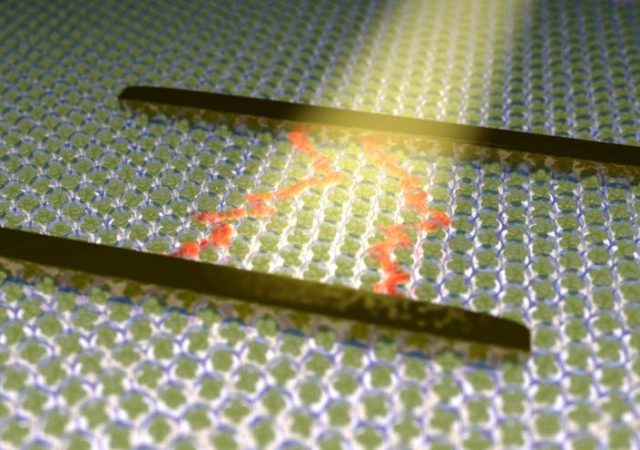Rise in demand for ultra-thin wafers, increase in need for wafer fabrication, surge in in focus toward wafer surface protection during grinding process, and high-end development in the semiconductor industry propel the growth of the global wafer backgrinding tape market.
Uncategorized
Kalray Announces the Tape-out of Coolidge on TSMC 16nm Process Technology
Kalray (Euronext Growth Paris: ALKAL), pioneer in processors for new intelligent systems, today announced the tape-out of MPPA3 aka Coolidge, its third generation of unique and patented MPPA® («Massively Parallel Processor Array») processor family, on TSMC 16nm FinFET process technology. The tape-out is an important milestone for a semiconductor company, as it indicates the completion of the design phase and the beginning of the manufacturing process. As new generation of…
Introducing Semiconductor Digest
I’m delighted to introduce Semiconductor Digest, a new business-to-business publication focused on the dynamic semiconductor manufacturing industry. Check out this link to our new Media Kit. If you’re interested in contributing content, please let me know. Our inaugural issue will be in June 2019, and we’ll have July show copies at Semicon West. I’ll be using my 37 years of publishing experience – 25+ years at Semiconductor International and 11+…
Intel announces broadest product portfolio for moving, storing and processing data
Customers turn to Intel for processor performance, advanced AI optimization and breakthrough persistent memory capabilities Intel unveiled a new portfolio of data-centric solutions consisting of 2nd-Generation Intel Xeon Scalable processors, Intel Optane DC memory and storage solutions, and software and platform technologies optimized to help its customers extract more value from their data. Intel’s latest data center solutions target a wide range of use cases within cloud computing, network infrastructure…

Metal nanoclusters can be used as semiconductors: Key properties observed for first time
Tiny nanoclusters of metal atoms – such as gold and silver – have properties which…
AI needs memory
By Pete Singer, Editor-in-Chief Artificial intelligence, which is extremely useful for analyzing large amounts of…
Skin-Like Biocompatible Devices Come to Market – and to FLEX/MSTC
By Maria Vetrano As director of the Center for Bio-Integrated Electronics at Northwestern University, Professor…
Getting to Low Power in IoT/IIoT Devices
By Luca Fontanella and Simone Ferri Over the last three years the number of battery-operated…
The ConFab 2019 Speakers and Prelim Agenda
The ConFab – an exclusive conference and networking event for semiconductor manufacturing and design executives…
